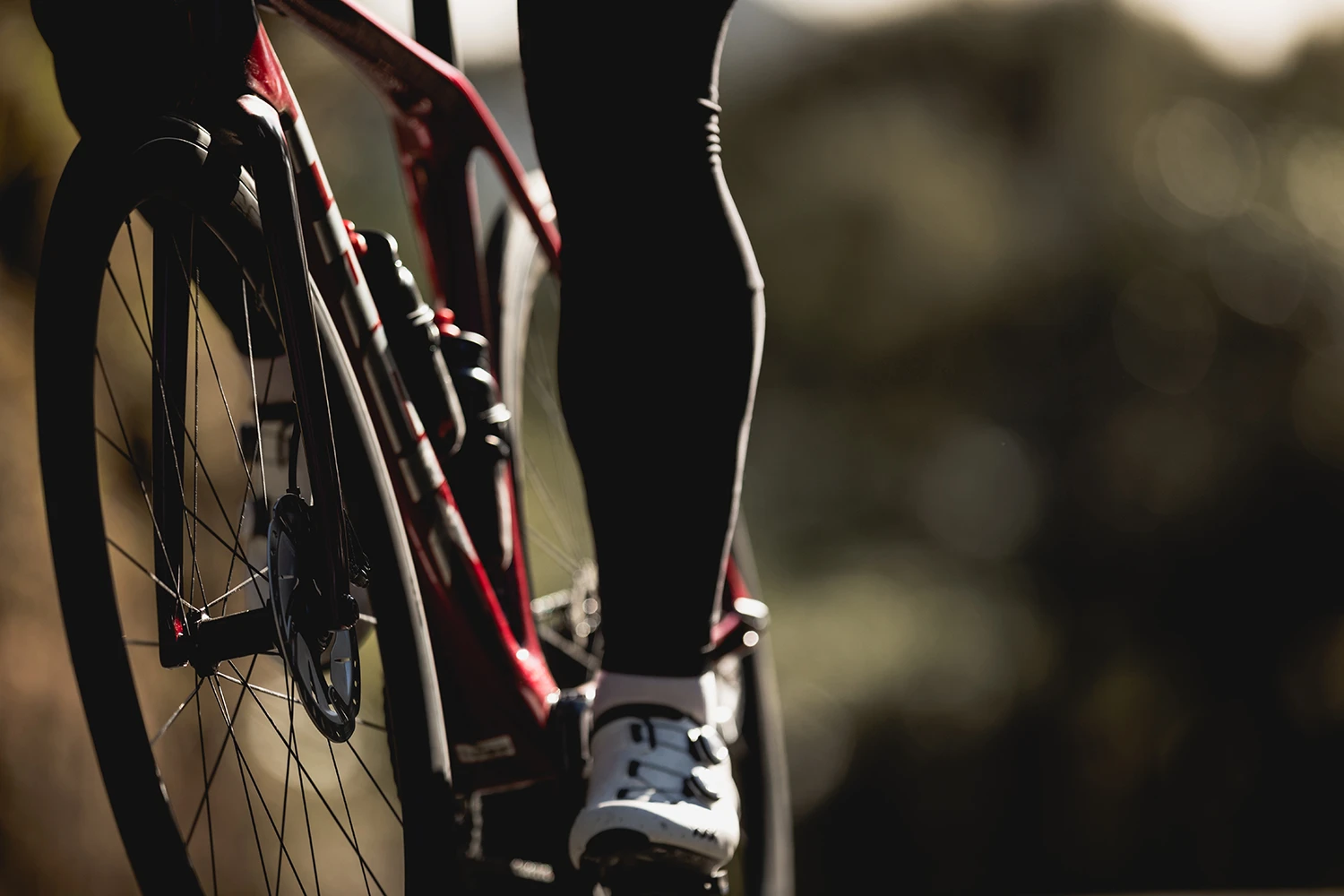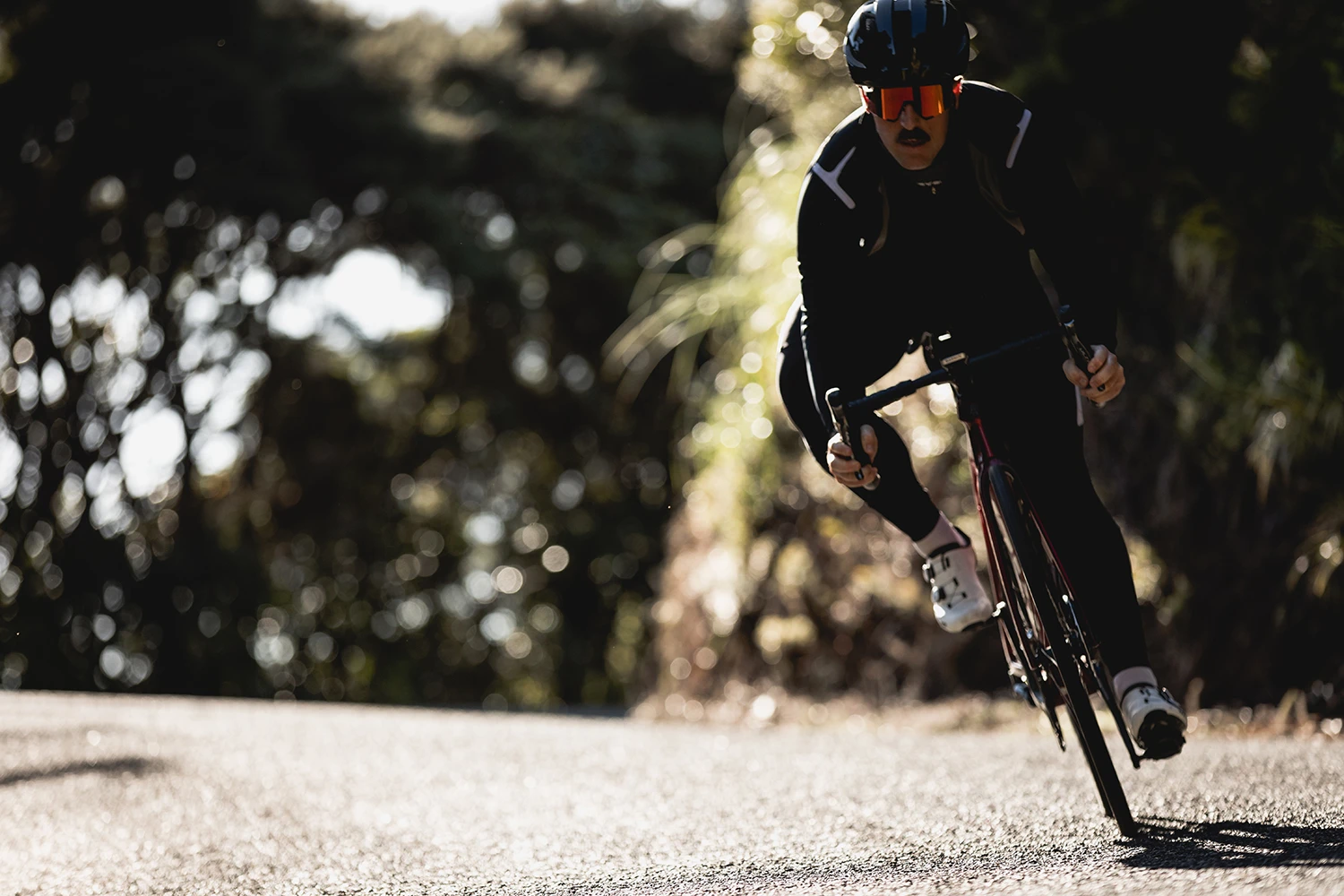Words: Liam Friary
Images: Cameron Mackenzie
Trek’s engineers are never content. Over the past few years they’ve been tinkering away on the newest lightweight climbing rig; Emonda. Yes, this is the latest iteration of this bike which has been around since ’14. Actually, when they launched the previous generation, I attended the press camp in Wisconsin, USA, home of the brand. Well, times have certainly changed, borders have closed, international travel has halted, and press camps have quickly become a thing of the past. For this launch, I jumped onto a live YouTube stream for the presentation, asked a few questions via the chat function and waited for the bike to be shipped over to me. I don’t mind, and to be honest, whilst the press camps were good (mainly catching up with folk from the industry) it’s better to be able to test the bike in your own backyard. And, I could do without the jetlag, to be honest.

Of course, the main goal is always to make Trek’s climbing bike even better. But, in days gone by they might have just concentrated on weight, however this time around the redesign goals for the Emonda took on more factors and it got revamped geometry, aerodynamic incorporations, and a brand new carbon dubbed OCLV 800. In fact, the new Emonda isn’t lighter, but it’s faster thanks to a hefty dose of aerodynamic tubing. Actually, the previous generation didn’t have much in the way of aerodynamic gains, so whatever the engineers could deliver on the aerodynamic front would mean they’d be winning. Again, those engineers are never content, adding meaningful aerodynamic benefit, keeping the same predictable and good handling as the previous generation and achieving frame stiffness of a high-grade race bike was no small feat.
Back to the backyard, the courier dropped off the box and I hustled to get the new Emonda built. I’m nestled in the Waitakere Ranges, shrouded by high hills and lush lanes, an ideal test ground for this climbing bike. Naturally, I was pretty excited to take this rig through its paces, in my backyard. Trek’s Emonda has always kept it’s uber-race feel, all be it a little rowdy (in a good, not a bad way) sometimes. It’s good to see this hasn’t been lost with the implementation of the aerodynamics for this generation. In fact, on my first ride, it feels even punchier and rowdier with an element of crispness than before. However, it’s the smoothness that comes at a cost. Our roads are harsh, filled with rough chip seal and often in need of fixing but the Emonda is certainly on the high-end of the firm scale. I think the stock 25 tyres are part of the issue, whilst they’re swift and aero they’re best suited towards good smooth roads. Personally, I’d flip them out for 28 tyres for better road absorption. Still, light and stiff race bikes aren’t known for their smooth-riding. It’s not punishing however, and after a few longer rides over four-hours I wasn’t beaten up, well my legs were, but not my body.

In and out of the tight bush lined lanes of the ranges, often across greasy and mossy roads the handling was superb. It keeps in-line with their previous generation and other bikes of this calibre. It’s simply predictable, quick and accurate when railing corners. It has a featherweight feel and offers great feedback. In rough tight corners it wasn’t super settled but with 28 tyres at a lower pressure I think it’d preform much better. It never broke traction or skipped which is pretty incredible for such a light bike, it’s a solid rig. The efficiency and ability to go fast was the biggest standout. The hilly terrain of my backyard rolls up and down, so the swift transition from slower climbing to riding fast along the flats to speeding on the downhills was splendid. I like to stand on the small risers, the Emonda was explosive and transferred my power really well. It feels fast, sharp and is straight-up with it’s delivery.
I even made the effort to attend a swift bunch ride, this is something I don’t do that often, but the race bike needed to be tested in the right environment. The bunch ride is relatively flat but its ridden at a high speed. The Emonda’s swift and aero feel helped me keep a high cadence and a good position within the group. It didn’t need a lot of effort and efficiently kept me on the wheel on the rider in front. Towards the back end of the ride the attacks came, and came. I pushed hard, the power was transferred well as I got in-and-out of the saddle holding on, eventually the elastic band broke and I was dropped. But, this was through no fault of the bike, more the rider!?
Over the past few weeks, I’ve been impressed with what Trek has done with the latest generation of the Emonda. The climbing is flawless as with the swiftness. The engineers have infused meaningful improvements but kept the overall feel from previous generations. I’ll report back in the coming weeks with more of my thoughts and more technical detail about the bike. In the interim head over to Trek for more.


